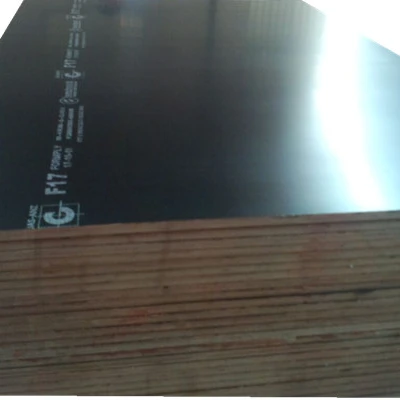Plywoods: A Comprehensive Guide for Buyers and Home Decor Enthusiasts
When it comes to construction and home decor, plywoods remain one of the most versatile and cost-effective materials available. Whether you're a contractor, DIY enthusiast, or homeowner, understanding the different types, functions, and sourcing options can help you make informed decisions. This guide explores everything you need to know about plywoods, including how to find reliable suppliers from China in 2025.
How to Find Reliable Plywoods from China in 2025
Sourcing plywoods from China can be a cost-effective solution, but it requires careful research. Start by identifying reputable manufacturers on platforms like Alibaba, where verified suppliers list their products. Look for companies with high ratings, positive reviews, and certifications such as FSC or CARB compliance. Request samples to assess quality before placing bulk orders. Additionally, consider working with a local agent who can help navigate language barriers and logistics.
What Buyers Should Know Before Buying Plywoods from China
Before purchasing plywoods from China, consider factors like shipping costs, import duties, and lead times. Verify the supplier's production capacity and whether they offer customized sizes or finishes. Always review the contract terms, including payment methods and return policies. It's also wise to check for any trade restrictions or tariffs that might affect your purchase.
Types of Plywoods
Plywoods come in various types, each suited for specific applications. Softwood plywood is commonly used for structural purposes like roofing and subfloors. Hardwood plywood, made from oak or maple, is ideal for furniture and cabinetry. Marine plywood is water-resistant and perfect for outdoor projects. Decorative plywood features veneers for aesthetic appeal, while flexible plywood is used for curved surfaces.
Functions and Features of Plywoods
Plywoods are known for their strength, durability, and versatility. They resist cracking, warping, and shrinking, making them ideal for long-term use. The layered construction provides excellent stability, even in fluctuating temperatures. Many plywoods are also treated for moisture resistance, fire retardancy, or pest control, depending on the intended use.
Scenarios of Plywoods
From home decor to construction, plywoods are used in countless scenarios. They're popular for making furniture, kitchen cabinets, and flooring. In construction, they serve as sheathing, formwork, and partitions. Creative designers use plywoods for wall paneling, ceilings, and even artistic installations due to their workability and aesthetic appeal.
How to Choose Plywoods
Selecting the right plywoods depends on your project requirements. Consider the grade (A-D), thickness, and core material. For visible surfaces, opt for higher-grade veneers. Check for defects like voids or patches. If moisture is a concern, choose waterproof varieties. Always match the plywood type to your specific application to ensure optimal performance.
Plywoods Q & A
Q: What's the difference between plywood and MDF?
A: Plywoods are made from layered wood veneers, offering superior strength and moisture resistance. MDF is compressed wood fibers, smoother but less durable when wet.
Q: Can plywood be used outdoors?
A: Only specific types like marine or exterior-grade plywoods are suitable for outdoor use due to their waterproof adhesives and treatments.
Q: How do I maintain plywood furniture?
A: Wipe with a damp cloth and avoid harsh chemicals. For long-term protection, apply varnish or sealant appropriate for the veneer type.
Q: What thickness should I choose for shelves?
A: For standard shelves, 18mm thickness provides adequate support. Heavier loads may require 25mm or reinforced edges.
Q: Is Chinese plywood good quality?
A: Many Chinese manufacturers produce high-quality plywoods that meet international standards. Always verify certifications and request samples before purchasing.


















